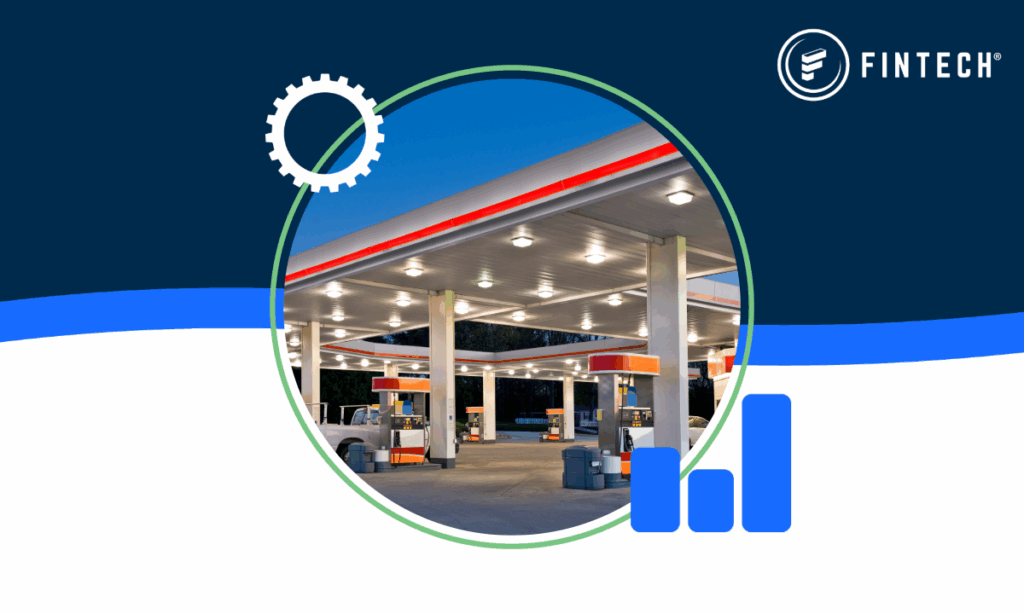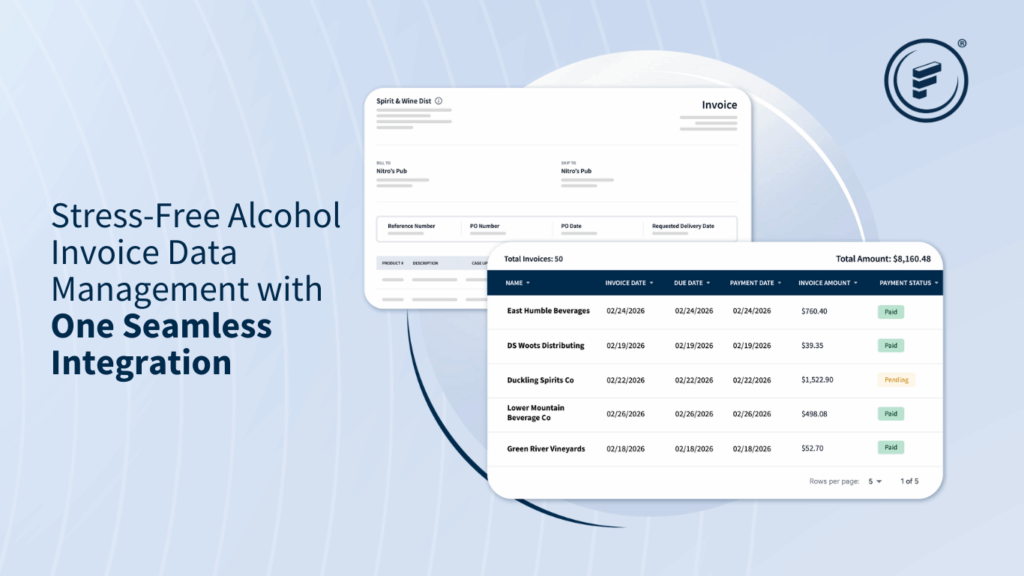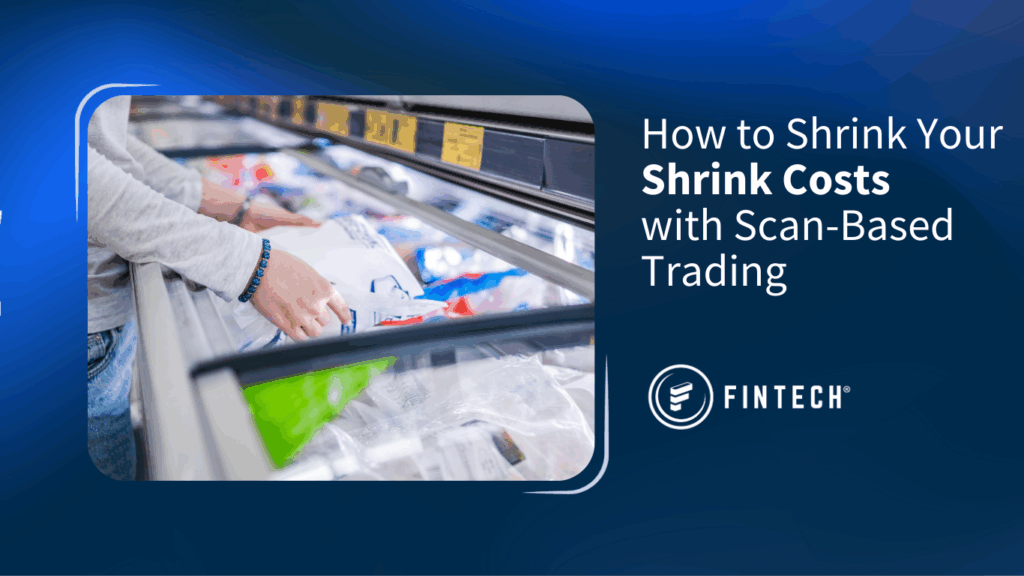Blog written by Jon Brucato
If you want to understand the challenges convenience retailers are facing this year, the numbers paint a pretty clear picture. The topline story is that fuel, which still makes up roughly 60% of total sales, is dragging the channel down. In Q2 2025, total sales across c-stores fell almost 8%, with fuel down more than 12%. That matters because, for decades, fuel has been the anchor — it drives trips, and while the margins are razor-thin, it brings people onto the lot. With those gallons slipping, convenience retail operators are under even more pressure to make the inside of the store work harder.
Foodservice Continues to Be the Bright Spot
Sales in this category increased by just over 3%, despite a decline in traffic. What made the difference was higher checks, with consumers spending about 5% more per visit*. We see food-forward convenience retail chains like Wawa, Sheetz, and Casey’s proving that if you offer fresh, high-quality meals, you can pull customers away not just from other c-stores but from QSR competitors as well. That said, the battle for share in categories like coffee and beverages is intensifying — Starbucks, Dunkin’, and even newer players are encroaching.
*Source: U.S. C-Store Landscape Q2 2025, Circana
CPG Inside the Store is a Tougher Story
Unit sales are slipping, and although dollar sales were technically flat, convenience stores are losing market share to broader grocery and mass channels. That’s especially concerning when you think about the categories that matter most inside a c-store: snacks, packaged beverages, beer, and RTDs. If those start losing momentum, operators have fewer levers to pull.
There are also some important demographic and behavioral shifts. Hispanic traffic, which has historically been a driver for c-store trips in states like Texas, California, and Arizona, has softened. Morning remains the most critical daypart, and the players who are leaning into breakfast are holding share while others are losing it. And beer buyers, who skew Gen X, rural, and Hispanic, are still showing up — but mostly for singles and quick trips, not big stock-up missions.
Finding Efficiency Opportunities to Capture Growth
So, what does all this mean for operators and, in particular, for CFOs who are trying to keep margins intact in a low-margin business? The fuel headwinds make efficiency more urgent than ever. Manual invoice processing still costs $12–$15 an invoice on average*, versus $2–$4 when automated, and each late fee or missed discount quietly chips away at already slim margins. Every hour a store manager spends shuffling paperwork instead of serving customers is an opportunity cost in a world where customer experience is becoming a differentiator.
*Source: Total Cost to Perform Accounts Payable, APQC
The big picture is this: convenience retail is being squeezed on all sides — fuel declines, tougher competition in food and beverage, and changing consumer demographics. But there’s also an opportunity. Operators that double down on efficiency, invest in foodservice, and free up their teams to focus on the customer will be better positioned to weather these headwinds and capture growth where it’s still available.
C-store operators can look to Fintech’s PaymentSource® to help add efficiencies to both their alcohol and non-alcohol channels. Fintech automates invoice payments and invoice data collection through EDI integration. Fill out a form to get in touch with a Fintech expert about improving your c-store’s operational efficiency today.






